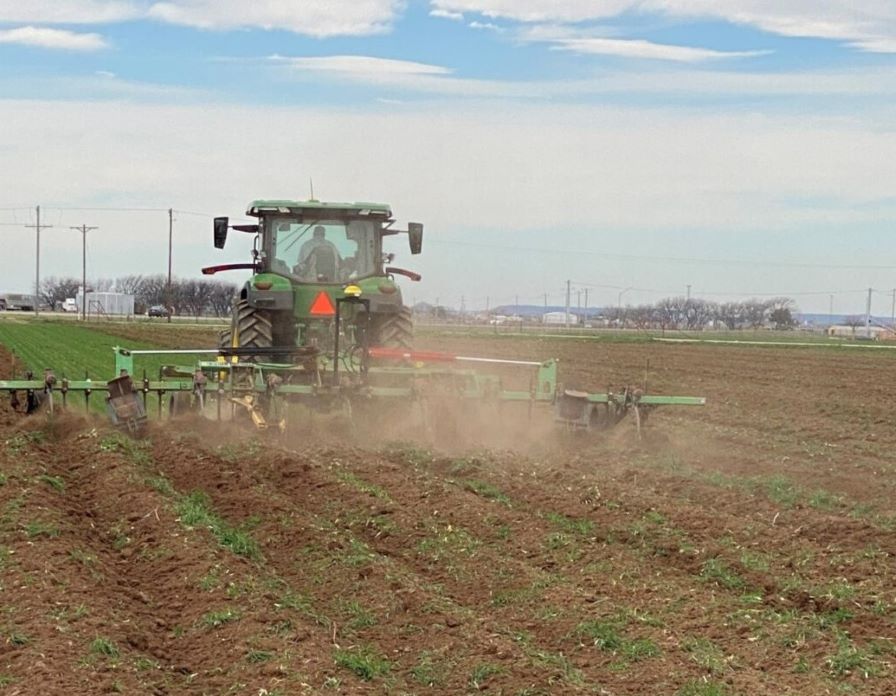Details from Summit on “Wicked” Herbicide Resistance Problem Now Available Online
Slides and a webcast of the Weed Science Society of America’s scientific summit on herbicide resistant weeds are now available for free online.
Growers, scientists, public policy makers and others interested in the impact of herbicide-resistant weeds on agricultural productivity participated in the September 2014 event in person or via webinar.
Conference speakers said that herbicide resistance meets the classic definition of a “wicked” problem due to its complexity and the lack of a single, optimal solution. They also noted that effective responses to control these weed populations must be complex, varied, community-based and holistic.
A number of recommendations were discussed during the day-long event, including:
- Establishing area-wide resistance management programs for specific threats, such as herbicide-resistant Palmer amaranth.
- Communicating the positive impact of resistance management on farm profitability.
- Developing resistance management certification programs.
- Implementing scouting programs for early identification of weeds that escape herbicide controls.
- Using financial incentives to promote adoption of herbicide resistance management plans and to encourage innovation in non-chemical weed management practices.
- Declaring certain weeds as noxious or invasive to certain geographical regions to increase the awareness and better prepare.
Harold Coble, Ph.D., a farmer and retired agronomist with the USDA Office of Pest Management Policy, pointed out that the alarm bells sounded in recent years have so far prompted little change, as there continue to be annual increases in the acreage of herbicide-resistant weeds reported.
“The summit isn’t about assigning blame, but instead about understanding the socioeconomic dimensions of the problem and moving towards systems-based solutions,” he said. “Resistance will only be managed through the combined efforts of all parties involved – growers, industry, universities, retailers, consultants, commodity groups, government, landowners, lending institutions, professional societies, non-governmental organizations and the press.
“Each of us has a role to play.”
Source – Weed Science Society of America









